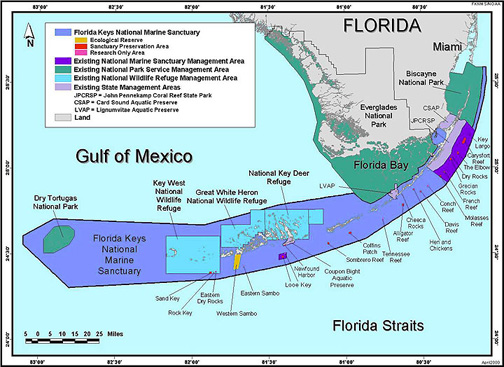One of the issues that comes up again and again in the debate about sustainability is the role that local, regional, and national governments play in setting environmental policy and what happens when they do not agree as is the case in the Canary Islands today. What is fascinating (and a bit alarming) about the case in the Canaries and also in Ibiza is that the roles appear to be reversed compared to the history of environmental protection in the United States.
Conservationists
During the second half of the 1800s the conservationist movement emerged, inspired by philosopher Ralph Waldo Emerson and writers such as Henry David Thoreau, the movement was concerned that people were losing touch with nature in a headlong rush toward industrialisation.

In 1864, the U.S. Congress passed landmark legislation protecting the giant sequoia trees in the Yosemite Valley in California. In 1871, the country’s first National Park was declared in Yellowstone, Wyoming, and then in 1872, conservation writer John Muir led a group of San Francisco naturalists who called themselves The Sierra Club to lobby the government to expand the protection in Yosemite and make a second National Park.
The national parks superseded local and even state authority and protected large tracts of land under direct federal supervision. At issue was that local interests would, more often than not, focus on the immediate benefits of jobs and industry rather than the more long term, less tangible benefits of conservation and environmental protection.
The Florida Keys
This was the story in the fight to protect the Florida Keys which are home to the world’s 3rd largest reef system and is still, despite years of neglect, a fantastic place for diving and snorkelling. The reefs off Key Largo were protected in 1975, Looe Key in 1981 and the entire keys system in 1990. Fishing and diving in the keys is a highly regulated activity with very specific zones for motor boats, fixed mooring positions on the reefs and a “no touch no take” policy which is adhered to by the community of professional dive clubs and fishing guides. It is also enforced by the National Oceanic and Atmospheric Administration (NOAA).
Dive operators, such as the Amoray Dive Resort, also participate in NOAA’s Blue Star program and even take divers out to repopulate the coral reefs.
Green brother is watching you
NOAA is a federally funded agency with 12,000 employees and a budget of $ 5.4 Billion U.S. It monitors the air and water quality of the Unites States and enforces the law in places like the Florida Keys Marine Sanctuary. NOAA and the U.S. Environmental Protection Agency (EPA) were both founded in 1972, the same year as Greenpeace.
What struck me, this week in the keys, is how critical such agencies are and also perhaps how much we take them for granted in certain parts of the world. If it was not for these organisations, and their counterparts in other countries, who would monitor the environment and enforce legislation? Where would the science come from to base policy recommendations on?

NOAA’s current head is Kathryn Sullivan, a geologist and former astronaut who flew three missions on the Space Shuttle. Fortunately, the United States can afford to have such an agency looking out for its environment. Even though $ 5.4 Billion is a lot of money, it is not even 1% of the over $ 1 trillion U.S. Budget.
The question for me is if we are in fact spending enough in the U.S. and also if the rest of the world, especially poorer countries can afford to do even this much?


